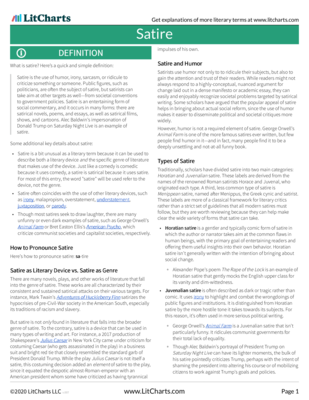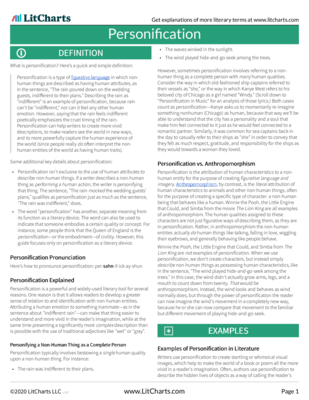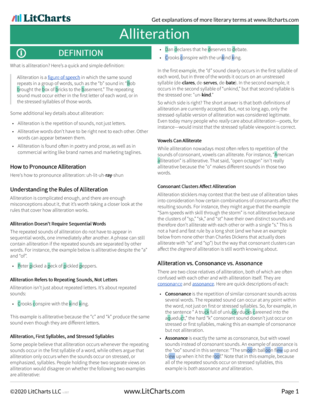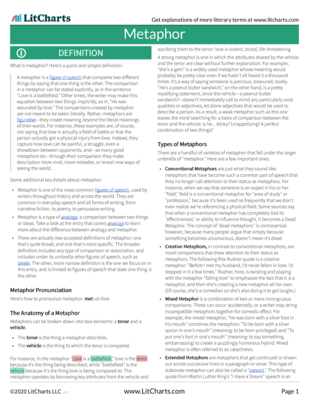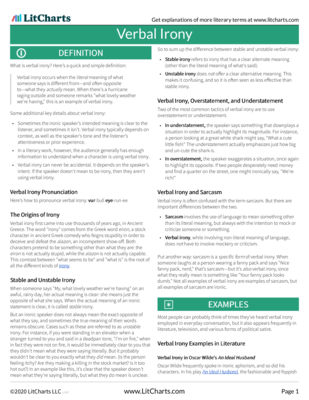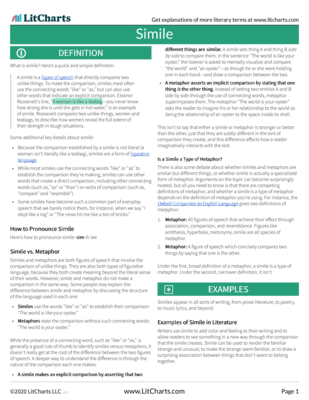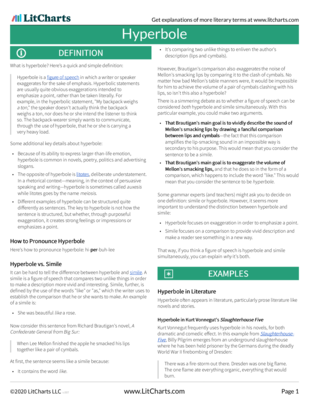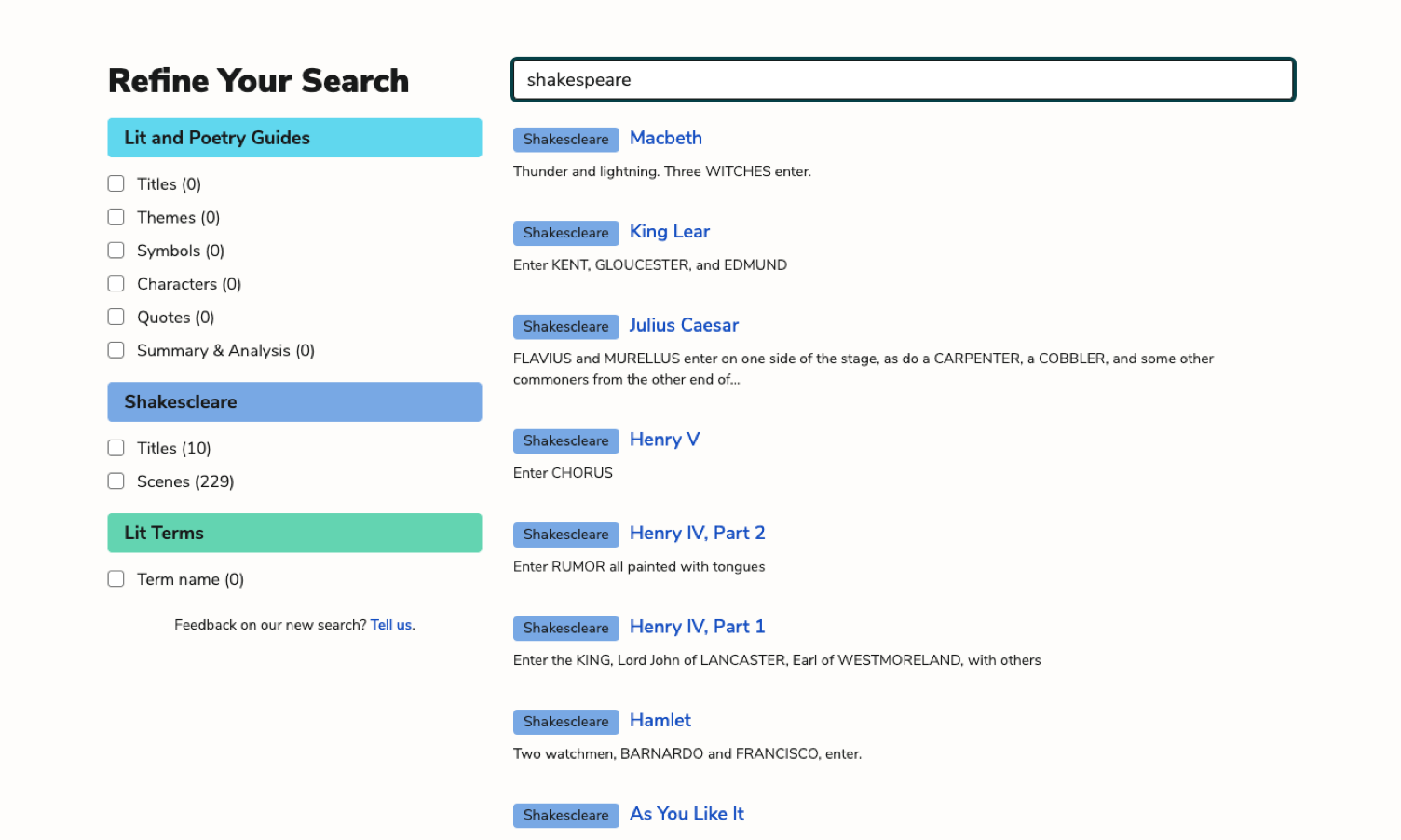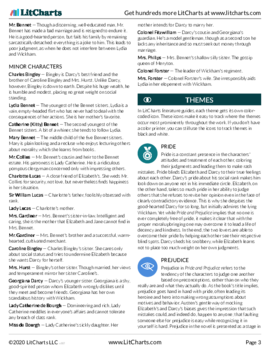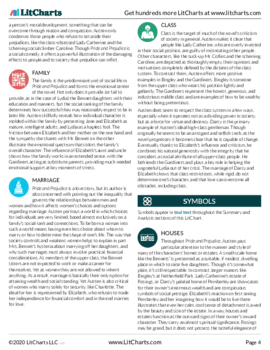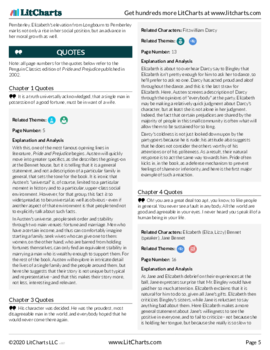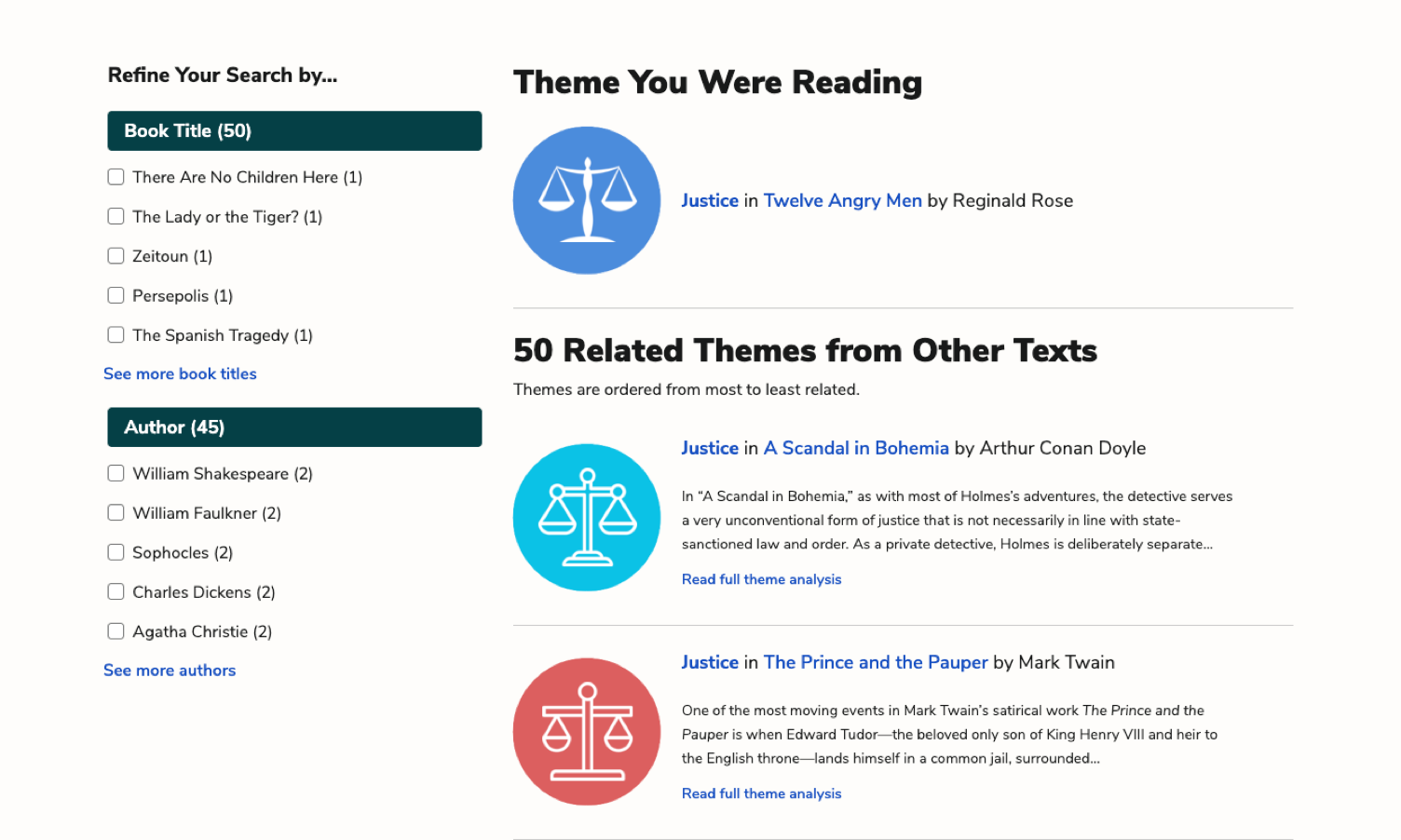plus so much more...
-
Personification
"I did not reach Thee" embellishes its overarching extended metaphor with flickers of personification, making an old trope—life as a journey—feel fresh and strange.
In the central extended metaphor, the speaker’s journey is life itself: a long, arduous, and ultimately rewarding trek. The speaker's adventure across deserts, hills, rivers, and seas can be read as an image of life's long, strange trip, which inevitably crosses deserts of loneliness, rivers of tears, hills of difficulty. Those with faith, though, can take courage from the thought that they're heading toward the beloved "Whole": God, with whom they'll rest after death.
This is a classic metaphor; Dante and Bunyan are only a couple of the writers who famously used it before Dickinson did. As ever, though, Dickinson makes it her own. It's the details within this metaphor that make the poem lively, strange, and distinct.
Consider, for instance, the moment when the speaker personifies their own feet:
The Sea comes last—Step merry feet
So short we have to go
To play together we are prone
But we must labor now
The last shall be the lightest load
That we have had to drawThis could just be read as a "feet, don't fail me now!" moment, in which the speaker is encouraging themselves more than anything—if it weren't for the fact that the speaker goes on behaving as if their feet are their companion on the journey throughout the rest of the poem. After this passage, they're no longer an "I," but a "we."
Personified, the feet become companions; it's as if the speaker recognizes their body as a separate being with a shared goal. There's a sweetness in this relationship, too. Though the speaker and their feet have trekked over endless sands together, the speaker thinks of their feet as playmates, cheerful friends with whom they’ve had some good times.
On their personified feet, the speaker travels through a personified world. The "Sun" is a "he" here, traveling a new and "crooked" path as the speaker makes their way into another hemisphere—an image that hints that the sun offers a kind of personal encouragement, showing by its new bend that the speaker is on the right course.
Last but not least, and not for the first time in Dickinson, Death itself is a person here. As the speaker at last makes the last few reverent steps toward the "Whole," Death—who has apparently been there all along—springs out in front of them and "usurps" their place in line, stealing the first look at the sight the speaker has quested their whole life to see. Of course, considering the extended metaphor, Death might have to get out in front of the speaker in order for their journey to reach its end: to meet God face to face, one must die.
Again, there’s a strange sweetness here. Death isn't some serious robed reaper here, but something more like an eager kid. In this speaker's animate world, all is hope and excitement—even if life’s journey is long and hard.

|
PDF downloads of all 3129 of our lit guides, poetry guides, Shakescleare translations, and literary terms.
PDF downloads of all 1970 LitCharts literature guides, and of every new one we publish.
Learn more
|

|
Explanations for every quote we cover.
Detailed quotes explanations (and citation info) for every important quote on the site.
Learn more
|

|
Instant PDF downloads of 136 literary devices and terms.
Definitions and examples for 136 literary devices and terms. Instant PDF downloads.
Learn more
|

|
Compare and contrast related themes.
Compare and contrast Related Themes across different books.
Learn more
|

|
Teacher Editions for all 1970 titles we cover.
LitCharts Teacher Editions for every title we cover.
Learn more
|

|
PDFs of modern translations of every Shakespeare play and poem.
PDFs of modern translations of every Shakespeare play and poem.
Learn more
|

|
Advanced search across our collection.
Advanced Search. Find themes, quotes, symbols, and characters across our collection.
Learn more
|

|
Line-by-line explanations, plus analysis of poetic devices for lyric poems we cover.
Line-by-line explanations, plus analysis of poetic devices for every lyric poem we cover.
Learn more
|


For every lyric poem we cover.
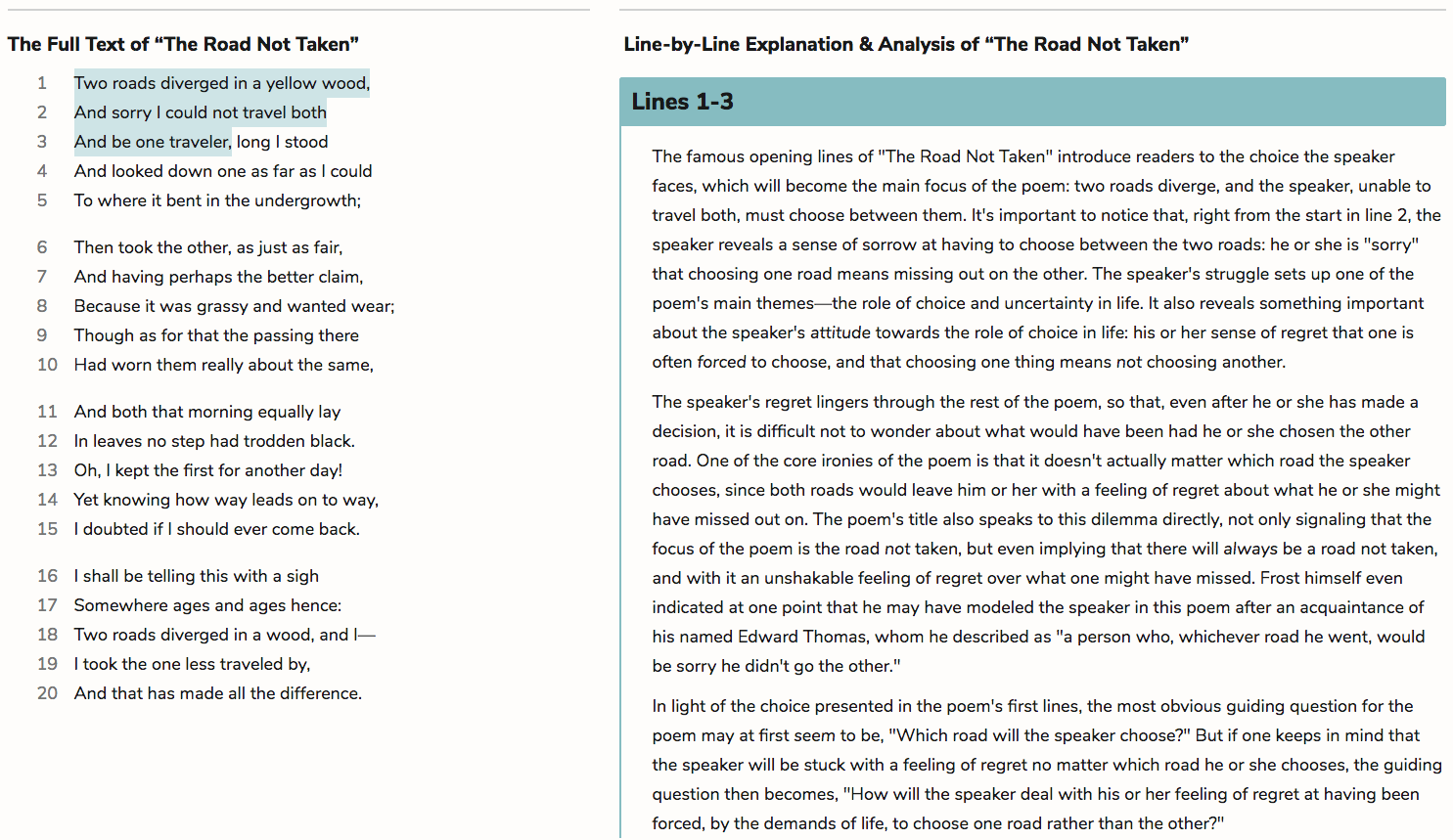


Literature Guide PDFs
LitCharts PDFs for every book you'll read this year.
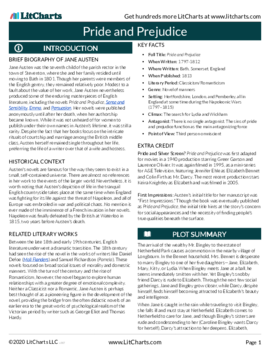


Quotes Explanations
For all 43,545 quotes we cover.
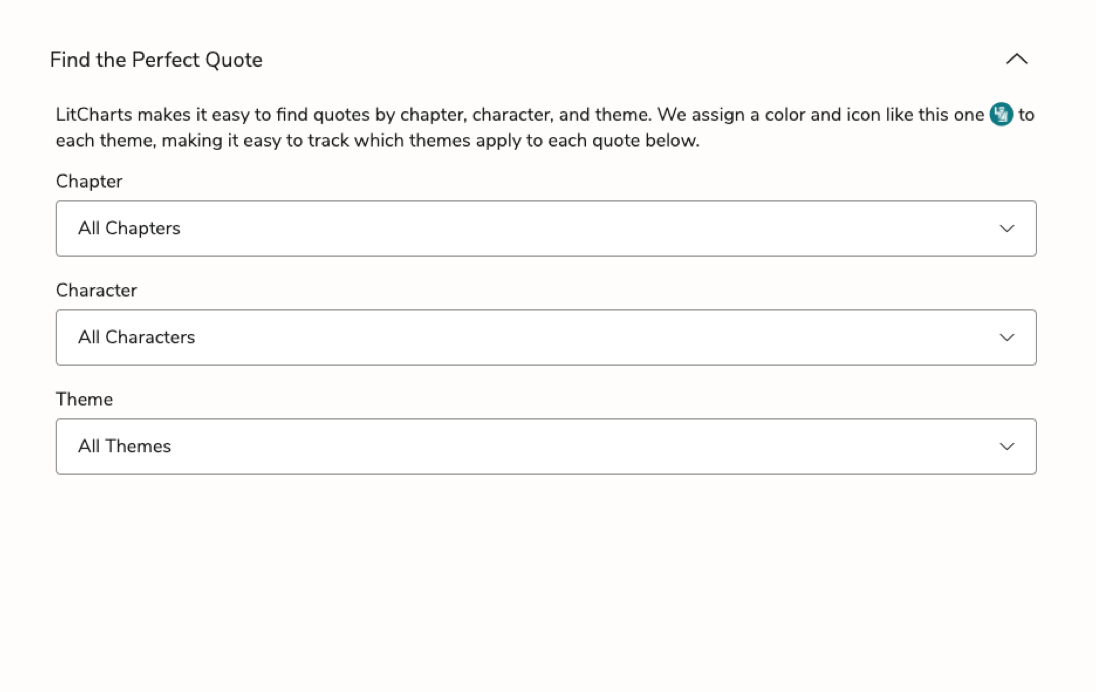
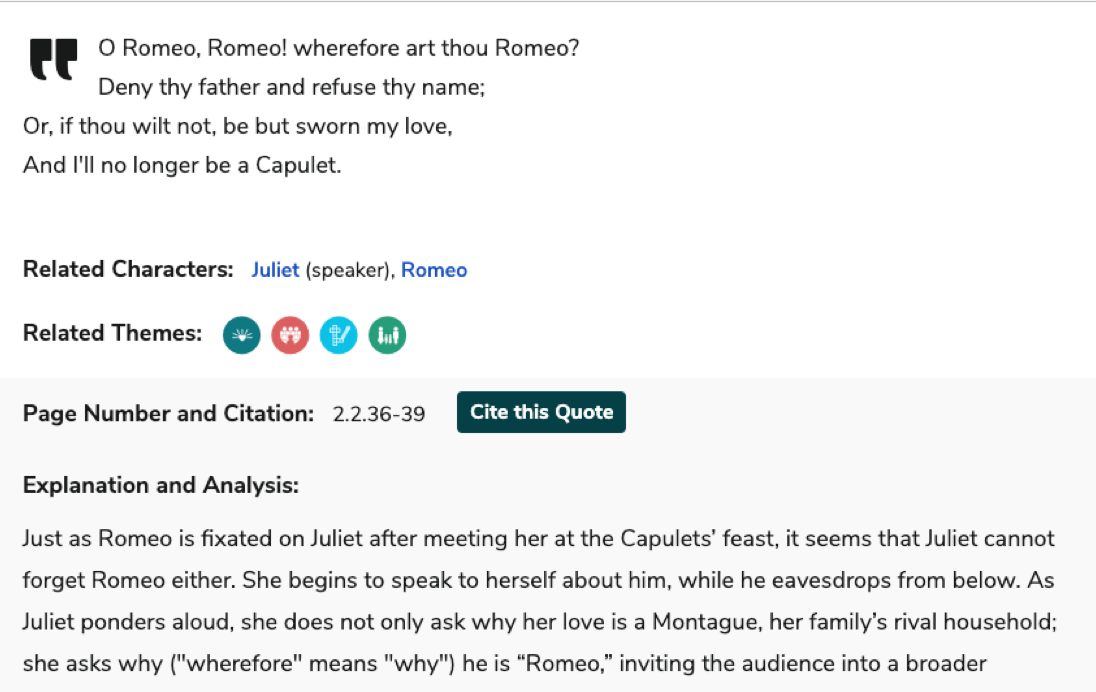
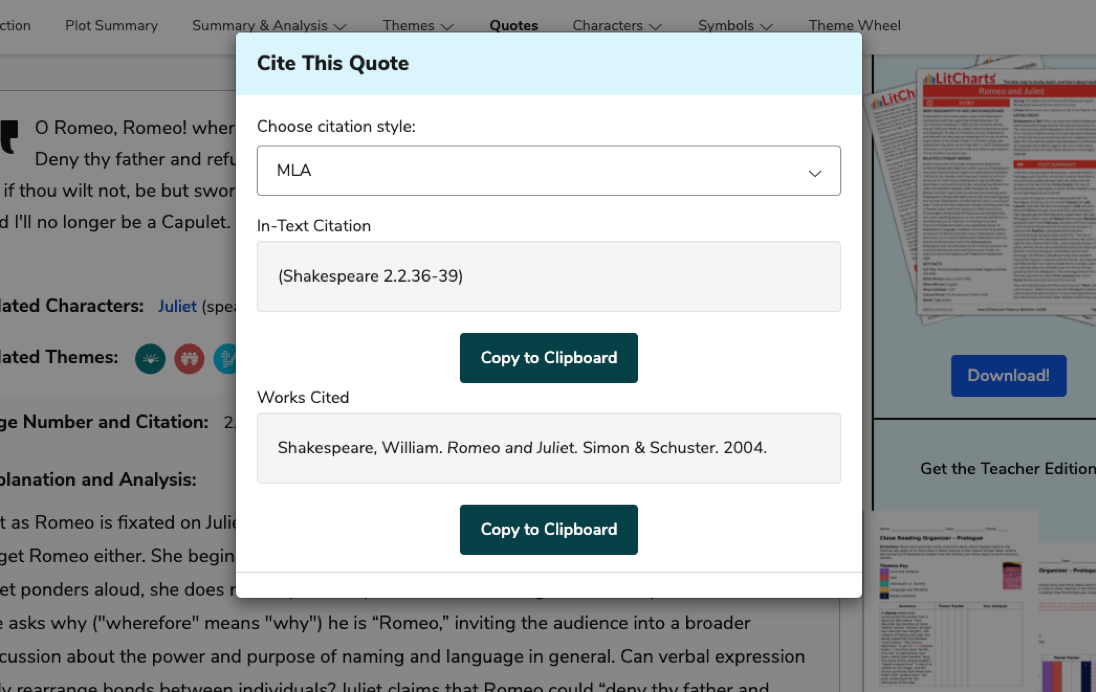


Teacher Editions
Time saved for teachers.
For every book we cover.
Common Core-aligned



PDFs of modern translations of every one of Shakespeare's 37 plays, 154 sonnets, and 3 longer poems.


Plus a quick-reference PDF with concise definitions of all 136 terms in one place.
